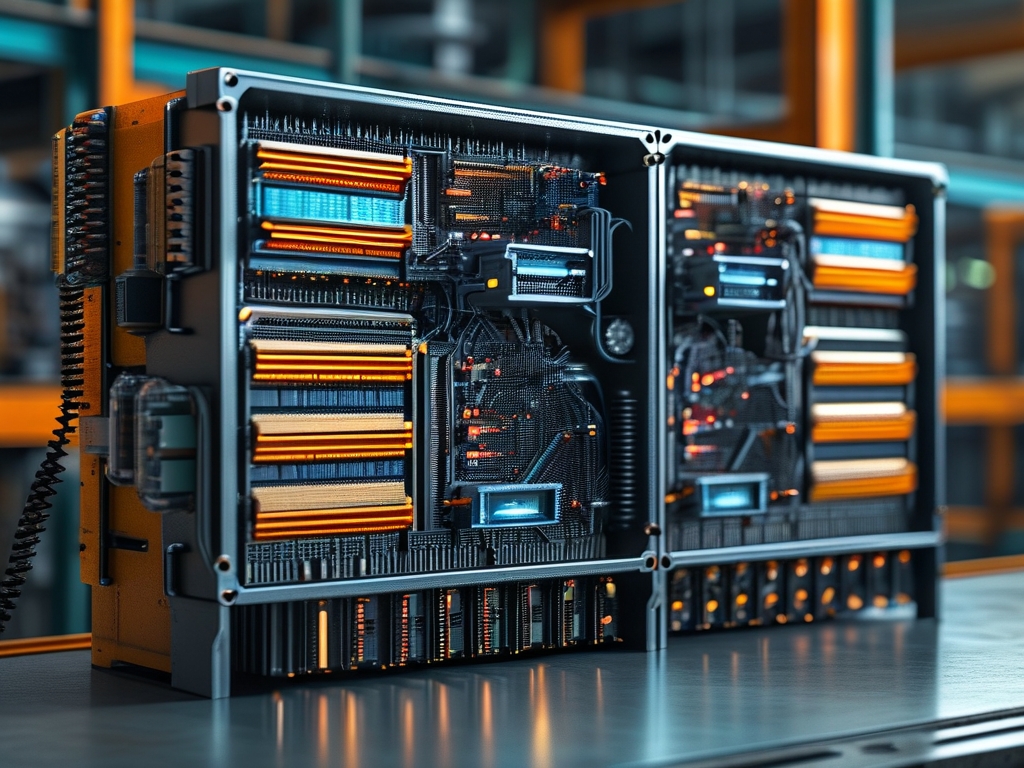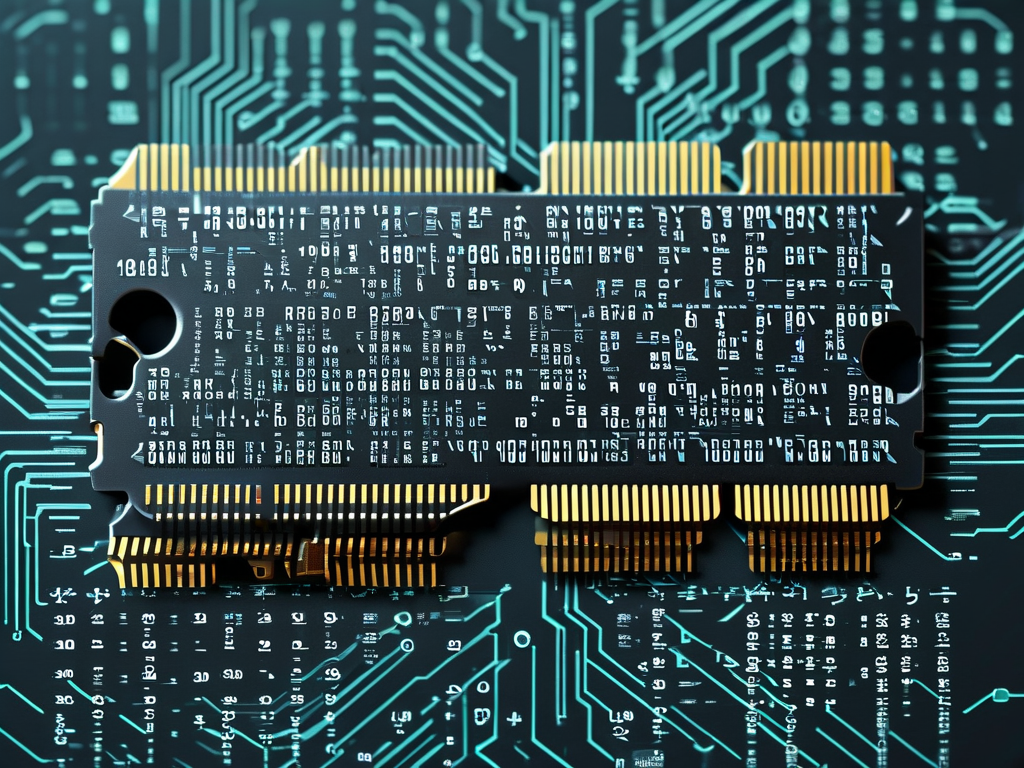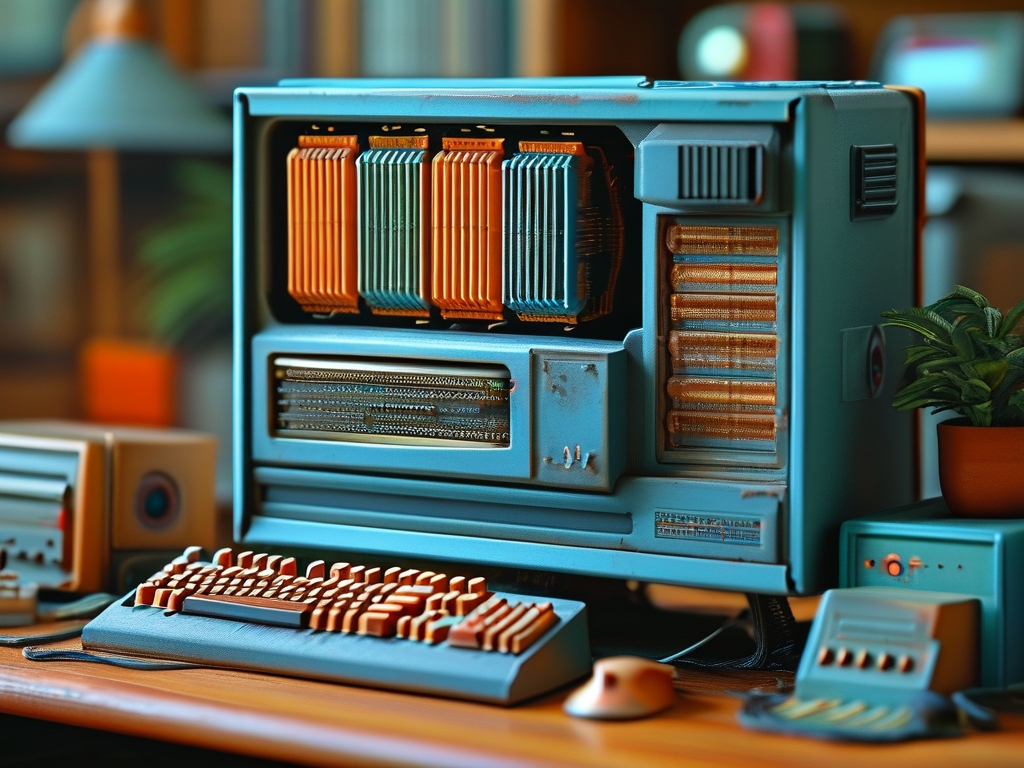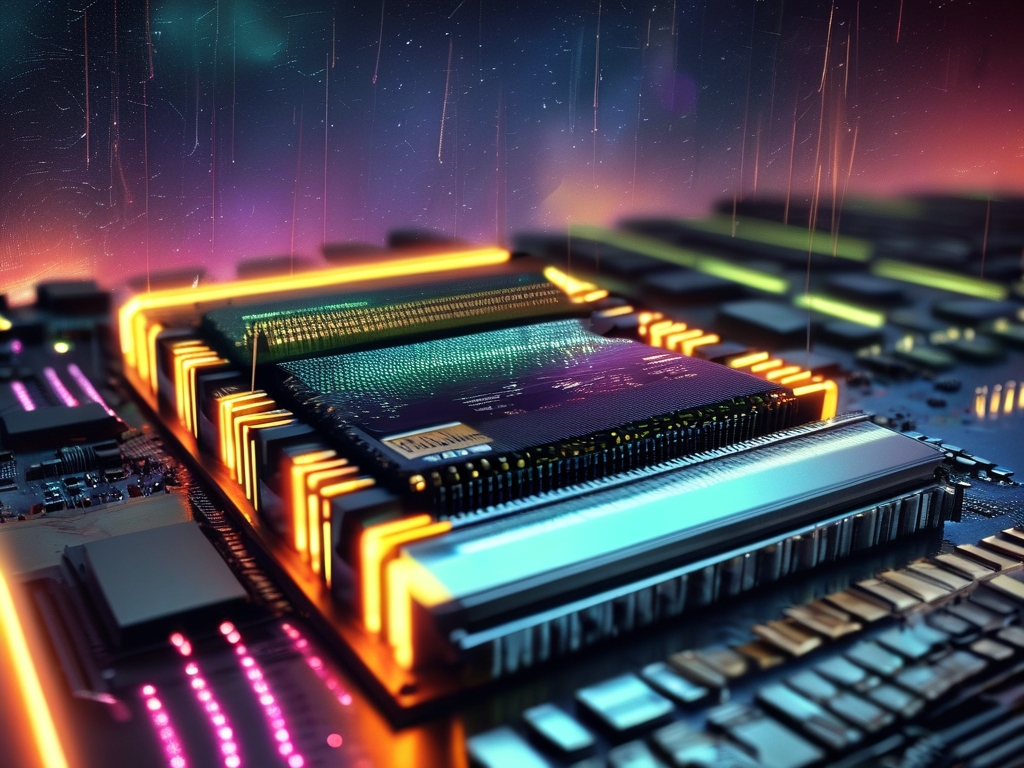Industrial control computers (ICCs) form the backbone of modern automation systems, powering everything from manufacturing assembly lines to power grid management. At the heart of these mission-critical systems lies a component that often goes unnoticed but is indispensable: memory. Unlike consumer-grade computing devices, industrial control computers demand memory solutions that prioritize reliability, real-time responsiveness, and fault tolerance. This article explores the unique requirements, challenges, and innovations in ICC memory systems, shedding light on why this component is pivotal to industrial automation.

1. The Unique Demands of Industrial Environments
Industrial settings are inherently harsh. Temperature fluctuations, electromagnetic interference (EMI), vibration, and prolonged operational cycles create an environment where standard computer components falter. Memory modules in ICCs must withstand these conditions while maintaining consistent performance. For example, a memory failure in a chemical processing plant could lead to unplanned downtime, safety hazards, or even catastrophic equipment damage.
To address this, industrial-grade memory often incorporates ECC (Error-Correcting Code) technology. ECC memory detects and corrects single-bit errors in real time, preventing data corruption—a non-negotiable feature in systems controlling robotic arms or nuclear reactor cooling systems. Consumer-grade RAM lacks this capability, making it unsuitable for critical industrial applications.
2. Real-Time Processing and Deterministic Behavior
Industrial processes rely on deterministic execution, where tasks must be completed within strict timeframes. A robotic welding arm in an automotive factory, for instance, requires millisecond-level precision. Memory latency or bandwidth bottlenecks can disrupt timing, leading to production defects or mechanical collisions.
ICC memory architectures are optimized for low-latency access and predictable performance. DDR4 and DDR5 SDRAM with industrial temperature ratings (-40°C to 85°C) are common, but specialized solutions like NVDIMM (Non-Volatile Dual In-Line Memory Module) are gaining traction. NVDIMMs combine DRAM speed with non-volatile storage, ensuring data persistence during power outages—a critical advantage for uninterrupted process control.
3. Fault Tolerance and Redundancy
Redundancy is a cornerstone of industrial system design. Memory subsystems often employ RAID-like configurations or mirrored memory banks. If one module fails, the backup instantly takes over, minimizing downtime. This approach is vital in sectors like oil and gas, where system failures can result in environmental disasters.
Additionally, wear-leveling algorithms in industrial flash memory extend the lifespan of SSDs used for data logging or firmware storage. By evenly distributing write cycles across memory cells, these algorithms prevent premature wear-out—a common issue in high-write environments like SCADA (Supervisory Control and Data Acquisition) systems.
4. Security and Data Integrity
Cybersecurity threats pose growing risks to industrial infrastructure. Memory-level attacks, such as Rowhammer exploits, can manipulate data by repeatedly accessing specific memory rows. Industrial control computers combat this with hardware-enforced memory protection, including memory isolation and secure boot processes.
Moreover, encrypted memory modules are increasingly deployed to safeguard sensitive operational data. For example, in smart grid systems, encryption ensures that load-balancing algorithms or customer energy usage data remain tamper-proof.
5. Emerging Trends and Innovations
The rise of Industry 4.0 and IoT-enabled industrial systems is pushing memory technology to new frontiers. Edge computing in factories generates massive data streams from sensors and cameras, demanding high-bandwidth memory solutions like HBM (High-Bandwidth Memory). Meanwhile, the integration of AI accelerators into ICCs requires memory architectures that support parallel processing and low-power operation.
Another breakthrough is MRAM (Magnetoresistive RAM), which offers non-volatility, near-infinite endurance, and radiation resistance. MRAM is poised to replace traditional SRAM in aerospace and defense applications, where radiation-induced memory errors are a persistent challenge.
6. Case Study: Memory in Autonomous Manufacturing
Consider a fully automated semiconductor fabrication plant. Each wafer undergoes hundreds of precision steps, orchestrated by ICCs. Here, memory must handle real-time sensor data (temperature, pressure, alignment) while executing complex quality-control algorithms. A single memory error could scrap a batch worth millions of dollars. By deploying ECC DDR5 modules with active thermal management, manufacturers achieve near-zero error rates, ensuring yield consistency.
7. Challenges Ahead
Despite advancements, challenges remain. The miniaturization of industrial systems conflicts with the need for robust, repairable memory components. Additionally, the global chip shortage has highlighted supply chain vulnerabilities, forcing industries to rethink just-in-time inventory models for critical memory parts.
Memory in industrial control computers is not merely a storage medium—it is the linchpin of safety, efficiency, and innovation in automation. As industries embrace smarter, faster, and more interconnected systems, the evolution of ICC memory will continue to shape the future of manufacturing, energy, and beyond. Investing in cutting-edge memory solutions today isn’t just a technical decision; it’s a strategic imperative for sustainable industrial growth.





